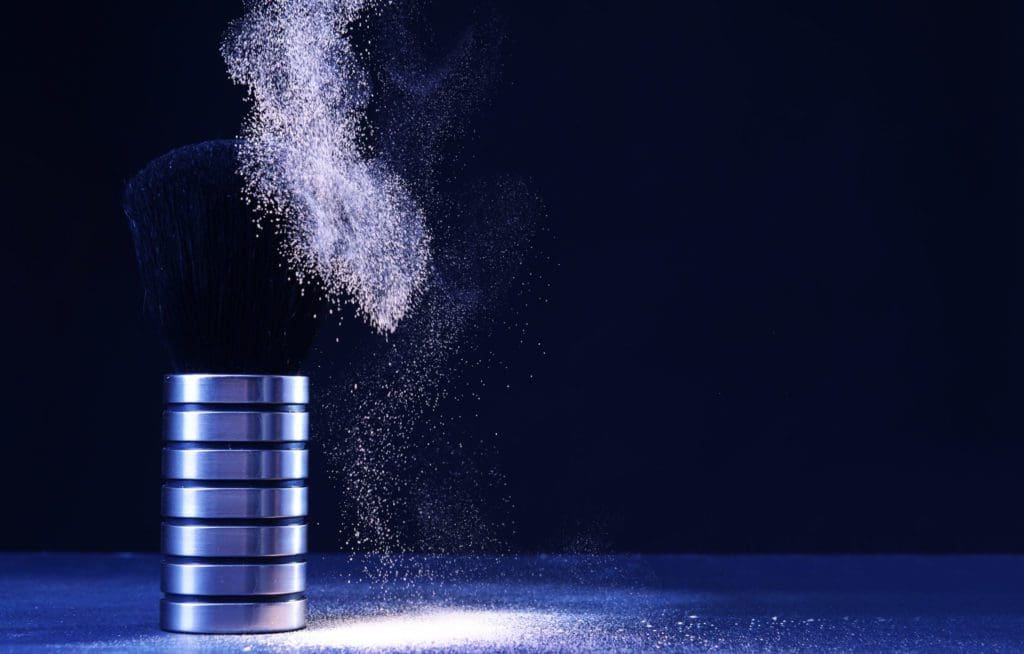A simple way to understand additive manufacturing is to build a structure layer by layer. It’s like a stack of pancakes, but on a much more technical scale. Additive manufacturing methods deposit layers of material (often plastics, metals, or ceramic) to create a final form.
The VRC Cold Spray system is your ideal choice for metal additive manufacturing. It’s easy to be trained. It’s mobile. Contact us today for training and a quote.

What Is Additive Manufacturing?
Let us start by considering “regular” manufacturing. Subtractive manufacturing (machining), starts with a block of material and removes areas by cutting, milling, or sawing until the final geometry has been reached. Casting uses premade molds to shape molten material. In contrast, additive manufacturing builds parts from scratch by adding material where needed, without the use of molds. It has evolved into a highly effective and trustworthy method for manufacturing.

3D Printing Is One Form Of Additive Manufacturing
A prevalent format of additive manufacturing is also known as 3D printing. Often used to create prototypes, 3D prints are typically made of plastic.
These prints begin as a computer-aided design file (CAD file), which is then processed by a 3D printer to create the finished piece. When creating a CAD file for 3D printing, you do not have to work within typical manufacturing limitations. You can let go of worries regarding mold direction or machining limitations.
Once the file is created and sent to the 3D printer for processing, the machine heats your print material and extrudes it as a tiny strand, slowly building up your model. This type of 3D printing is generally known as material extrusion.
Additive Manufacturing With Metal
3D printing and other additive manufacturing processes can utilize materials other than plastic, notably metals including high-performance titanium alloys. 3D printing can create high-quality surfaces and functional parts from this and many other metals including stainless steel, Inconel 625, copper, aluminum alloys, and many others.
Recent innovations in the field have led to an explosion of growth and opened a wide array of new ways to utilize 3D printing. Amazingly, it is now possible for you to 3D print with metal. Even jewelry makers use powders made of precious metals to 3D print one-of-a-kind pieces.
Manufacturers utilize metal 3D printing to create functional molds, replacement parts, and bespoke customizations. Over the past 40 method years, metal additive manufacturing has evolved into a highly effective and trustworthy metal coating, creation, and part repair.

Reducing Waste With Additive Manufacturing
Manufacturers worldwide use metal 3D printing and additive manufacturing methods to produce various products while reducing manufacturing waste. Traditional manufacturing methods often cut and trim away material, creating excessive waste. It’s no longer a sustainable option to waste valuable materials during your creation process. Because 3D printing is an additive manufacturing technology, you do not need to worry about creating excessive waste. You can count on additive manufacturing to be a highly effective and sustainable option.
Cold Spray Technology Has Evolved
Modern ideas of additive manufacturing and the Cold Spray process were initially introduced in the 1980s to apply an enhanced coating to parts and provide a repair method. 3D printing and cold spray technologies have grown in popularity and evolved into a highly sophisticated manufacturing method.
VRC Cold Spray Additive Manufacturing Is Fast And Effective
Cold spray additive manufacturing technology utilizes a process by which metal particles are deposited to create a continuous coating on a substrate. The process can create a single-layer coating or combine many layers to build up a part.
When the particles hit the substrate accelerated by a gas stream, the material underneath is unaffected by the process. After building up a coating or repairing a part with the cold spray process, the result can then be machine-finished, if needed. Heat treatments are not needed but can be performed if desired.
The tiny metal particles are stacked together and interlock as they are deposited onto the surface, creating a strong, metallurgical bond without the need for melting or deforming the material.

What Can You Do With VRC Cold Spray Technology?
Many industries are using VRC Cold Spray technology to help solve difficult problems more quickly than ever before. Technicians can use cold spray systems to deposit metals onto sensitive or difficult-to-weld surfaces. It is an excellent process to gently repair damaged areas on parts instead of using traditional methods that may heat and deform your product.
VRC Cold Spray technology can also combine materials that were never before compatible, restore surfaces, and perhaps most impressively, rebuild entire features on a part. You are unlocking a new world of exciting possibilities with the help of VRC Cold Spray technology.
Highly Sophisticated For Perfect Output
Cold spray technology does not use heat to bond metal particles, which is hugely beneficial in the additive process. Instead, the force and pressure at which these particles are deposited onto the surface create plastic deformation and mechanical interlocking during deposition. Without heat, there are fewer defects and decreased oxidation. The science behind VRC Cold Spray makes an almost perfect surface quality on your products and parts. With VRC Cold Spray, you will have an easy way to repair and build upon surfaces with virtually no adverse effects to the materials’ surface.
Helping You Achieve Your Manufacturing Goals
Cold spray can fix machining mistakes, and it’s the only option in many situations. It is an advantageous and time-conscious solution for part renewal and repair. It’s portable and can save you thousands (or even millions) of dollars on critical repairs. You might remember a situation when even a small mistake resulted in the loss of time for your project.
With VRC Cold Spray, you can fix these little mistakes quickly to get your project moving again. With the convenience and portability of VRC Cold Spray, you can save time and money.
The VRC Cold Spray system is ideal for cold spray additive manufacturing. It’s easy to be trained. It’s mobile. Contact us today for training and a quote.

